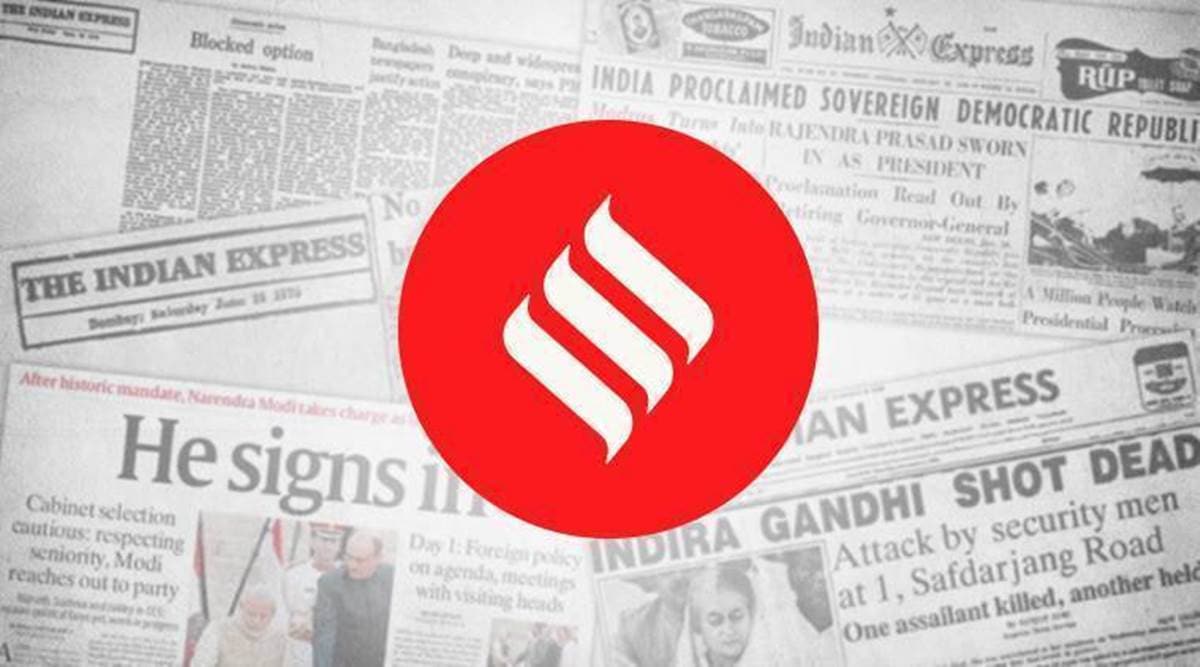 Creating conditions for banks to be in a position to “supply” credit will, of course, not solve the problem of “demand”.
Creating conditions for banks to be in a position to “supply” credit will, of course, not solve the problem of “demand”.Few modern interlocutors of India brought the kind of personal affection and policy innovation that Japanese Prime Minister Shinzo Abe did in the engagement with Delhi. When Japan’s longest-serving prime minister stepped down on Friday, citing health reasons, Prime Minister Narendra Modi was quick to wish him speedy recovery and note “Abe’s wise leadership” in deepening the bilateral partnership. For Abe, India was very special. He has often recalled his maternal grandfather and former prime minister Nobusuke Kishi’s visit to India in 1957 and the special bond he struck with Prime Minister Jawaharlal Nehru. But the warmth at the leadership level did not endure beyond the 1950s. In the decades that followed, bilateral ties were marked by political indifference, Delhi’s transactional thinking on Tokyo’s annual economic assistance, and widening differences on regional security. While the relationship began to improve in the new millennium, it was Abe who gave the big boost.
For Abe, India was at the heart of his plans to restructure the regional economic and security order. In his address to a joint session of the Indian Parliament in 2007, when he visited Delhi in his brief first tenure as the PM, Abe boldly reimagined the shared geography of India and Japan. Abe’s vision on the “confluence of two seas” — now the Indo-Pacific — simultaneously widened Tokyo’s geographic horizons to include the Indian Ocean and an invitation to Delhi to reclaim its large strategic potential in the Pacific Ocean. It was also Abe who first called for the construction of a coalition of four Asian democracies in partnership with Australia and the US. In defining the Indo-Pacific geography and developing the so-called democratic Quad, Abe was also transforming Japan’s own standing in the world. Before him, Japan was widely viewed as an “economic giant, but a political pygmy”. Under him, Japan has reclaimed the leadership role in Asia amidst the growing uncertainty over the US’s regional role and the muscular assertion of Chinese power. Abe’s Japan has become an active champion of a rules-based Indo-Pacific order that can survive the current tectonic shift in great power politics.
It is such a pity that Abe’s short first term (2006-2007) and the long second run (2012-20) had to end because of ill-health. He will be remembered for long as the man who moved post-War Japan out of its defensive comfort zone under the American shadow and unveiled the possibilities for Asia taking responsibility for its own security. That job, though, remains unfinished. Japan’s friends and partners, including India, will certainly worry about the dangers of Tokyo now slipping back into political instability and strategic passivity. Abe’s many admirers in Delhi will have a regret of their own — that institutional inertia and political ambivalence prevented India from seizing the full range of possibilities that the Japanese leader had opened up for the bilateral partnership.